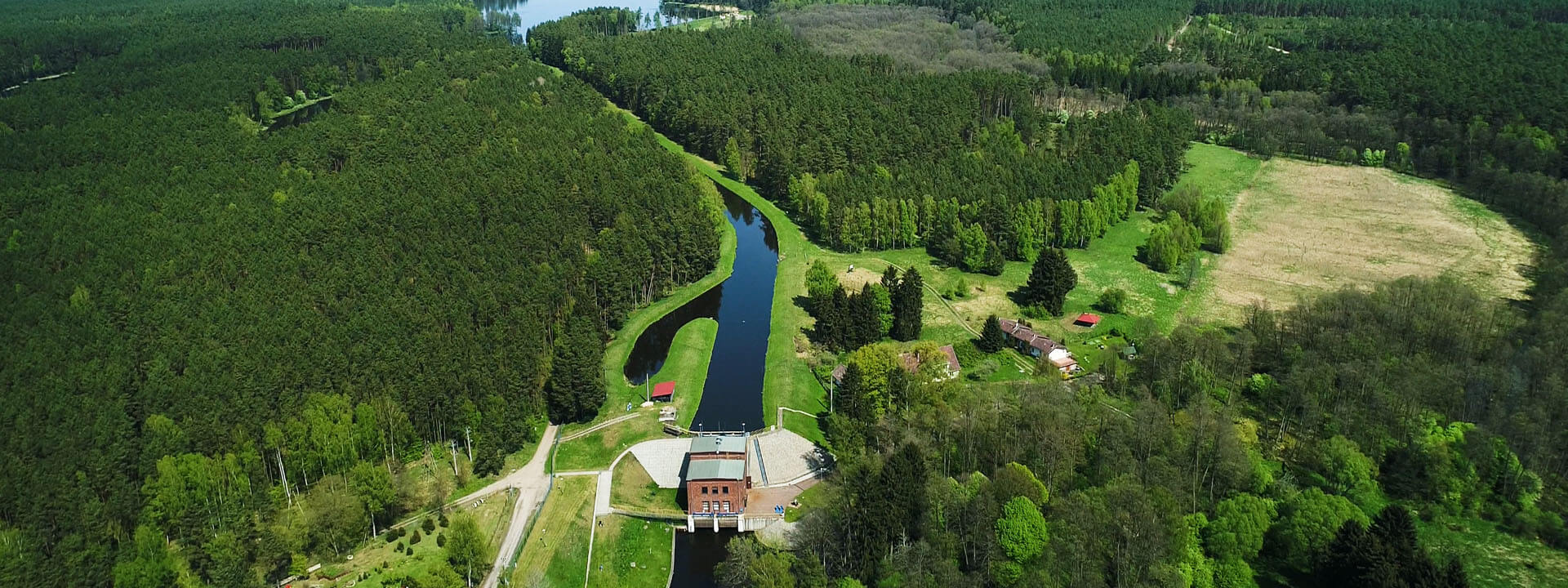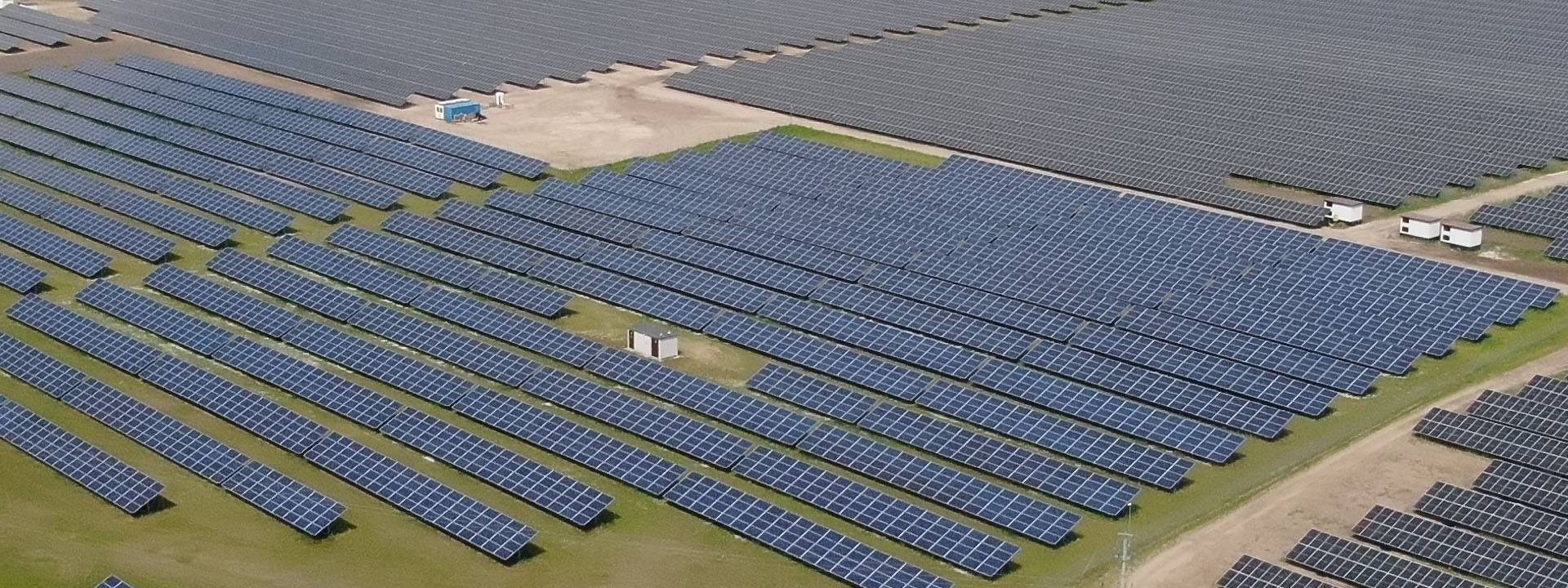The key indicator for the ORLEN Group's greenhouse gas (GHG) emissions is Net Carbon Intensity (NCI), which shows carbon intensity per unit of energy sold (gCO2e/MJ).
Its calculation accounts for all direct emissions (Scope 1), emissions related to the purchase of energy and heat for own use (Scope 2), and indirect emissions resulting from the use of products sold (Scope 3, Category 11). The numerator excludes volumes of carbon dioxide captured using CCUS technologies, both at the Group’s assets and as part of services provided to third parties. Energy content of products sold comprises sales of traditional fuels (diesel oil, gasoline, gas, etc.), low- and zero-carbon fuels (biofuels, hydrogen, biogas, etc.), electricity and heat. Emissions from the production of petrochemicals (non-energy products) are not included in the calculation of NCI.
The calculation accounts for all greenhouse gases in accordance with the GHG Protocol methodology.
The NCI and the GHG emission savings will be calculated based on the carbon footprint for the entire organisation for 2022, i.e., by the end of 2023.



